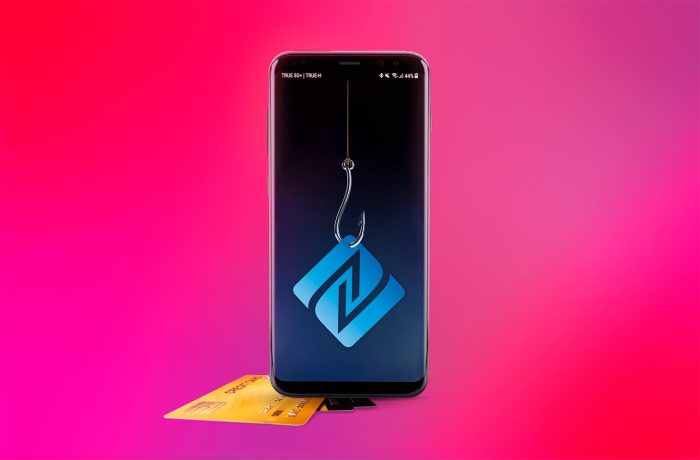
Email from Google: law enforcement is looking into your account
Scammers are exploiting Google services to send fake law enforcement inquiry notifications, making them look like they originate from accounts.google.com.
974 articles

Scammers are exploiting Google services to send fake law enforcement inquiry notifications, making them look like they originate from accounts.google.com.

A popular blogger’s Instagram account was hijacked using a SIM-swap attack, and deepfakes were generated to scam followers.

Counterfeit smartphones imitating well-known brands and offered online come pre-installed with the powerful Triada Trojan.

We explain where and how to view porn without risking the security of your devices or your wallet.


Archives are being used in targeted phishing and other attacks on organizations. What tools, settings, and policies can mitigate the threat?

Cybercriminals are inventing new ways to swipe money from payment cards by using credentials phished online or over the phone. Sometimes, just holding your card to your phone is enough to leave you penniless.

New malware targets magic enthusiasts — sending stolen data to an “astral cloud server”.

Our technologies have helped to detect the zero-day vulnerability CVE-2025-2783 in Google Chrome, which was used in a sophisticated APT attack.

Takeaways for regular crypto holders from the biggest crypto heist in history.

We’ve added technology that checks QR codes in emails for phishing links.

Despite being digital natives, 70% of millennials rarely verify online identities – exposing themselves to risks. Discover how to build safer online habits with expert insights from Kaspersky.

We found several groups of sites mimicking official websites of the DeepSeek and Grok chatbots. Fake sites distribute malware under the guise of non-existent chatbot clients for Windows.

Online converters are a tempting but dangerous way to change file formats. We tell you how to convert files and not get trojanized.

Everything you wanted to know about meme cryptocurrencies — such as TRUMP and DOGE — and ways to win or lose big.

We look into every method of hijacking WhatsApp, Telegram, and other messaging accounts – from quishing to fake gifts and viruses, and ways to protect yourself against them.

Banshee stealer, a macOS stealer that emerged last year, is now roaming free on the Web, infecting Mac users and gaining new capabilities. How to protect yourself?

Every file, video, etc. we share contains a lot of hidden additional information — metadata. What’s it for, and is it really necessary?

Dangerous features are creeping into legitimate Chrome extensions. How to keep your organization safe?

How to avoid giving away your password to scammers when logging in to third-party sites or viewing “encrypted” or “confidential” documents.

The best privacy-focused services that make practical gifts for friends and family.